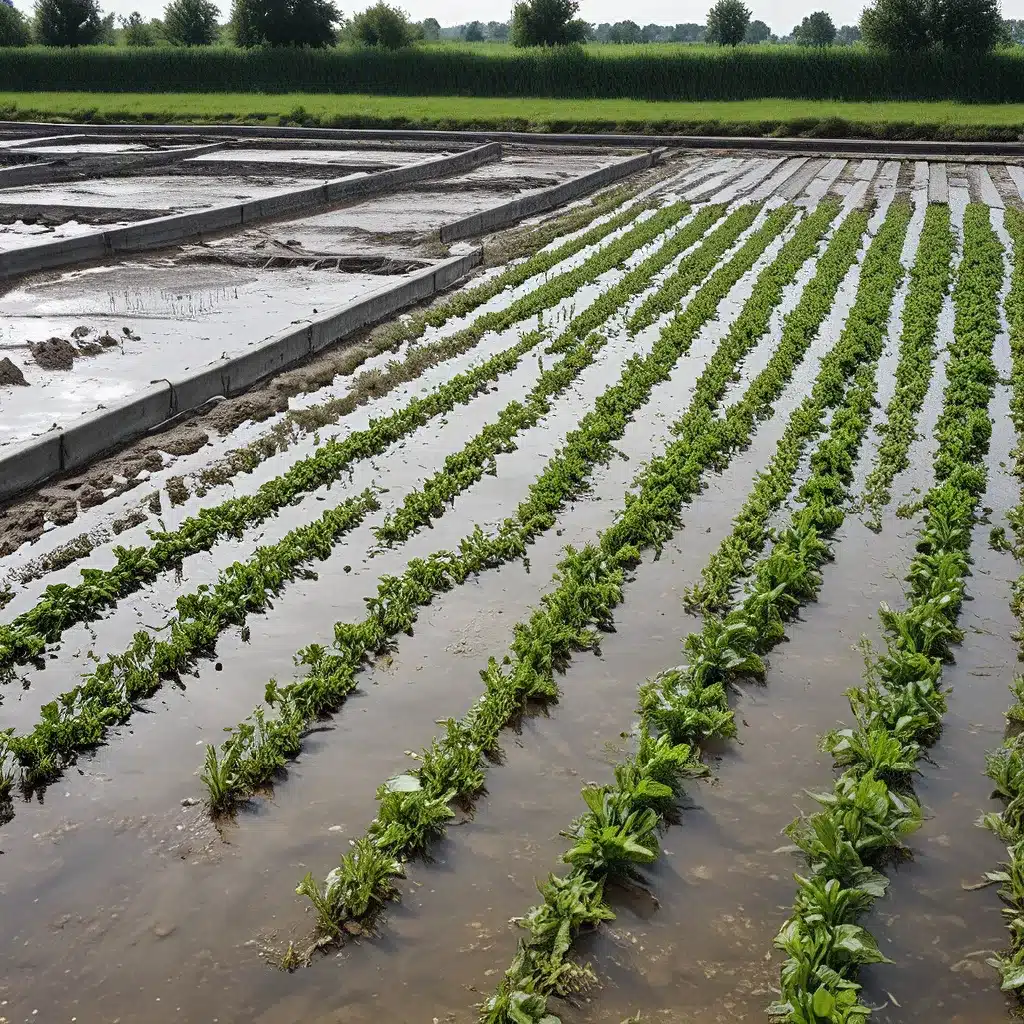
As our world grapples with the ever-pressing issue of water scarcity, the idea of wastewater reuse in agriculture has emerged as a promising solution. This practice, which involves treating and repurposing used water for irrigation, holds the potential to alleviate water crises and contribute to sustainable food production. But with any innovative approach, there are both benefits and risks to consider.
Recent research has delved deep into the intricacies of wastewater reuse, shedding light on its many facets. On one hand, it provides a reliable and cost-effective source of irrigation water, bolstering food security and reducing waste. On the other, if not properly managed, it can pose threats to public health and the environment. So, how do we maximize the advantages while minimizing the drawbacks? Let’s dive in and explore this delicate balance.
The Promise of Wastewater Reuse
I’ll admit, when I first heard about the concept of wastewater reuse, I was a bit skeptical. The idea of using treated sewage for irrigation just seemed… well, a little icky. But as I’ve learned more about it, I’ve come to appreciate the sheer genius behind this approach.
Water scarcity is a global crisis, and traditional water sources simply can’t keep up with the ever-growing demand. Wastewater reuse offers a sustainable and green solution to this pressing problem. By repurposing water that would otherwise be discarded, we can divert it to high-demand sectors like agriculture, ensuring a reliable and cheap irrigation supply.
But the benefits go beyond just water conservation. Wastewater reuse can also contribute to food security by supporting crop production. It reduces waste, as the nutrients present in the treated water can serve as natural fertilizers. And by alleviating the strain on freshwater resources, it helps improve the overall environmental health of our planet.
Imagine a world where every drop of water is put to good use, where wastewater is transformed from a liability into a valuable resource. It’s a future that’s well within our reach, if we’re willing to embrace the promise of this innovative approach.
Navigating the Risks
Of course, as with any game-changing idea, there are risks and challenges that need to be carefully navigated. Inadequately treated wastewater can pose serious threats to both human health and the environment.
Imagine a scenario where toxic industrial chemicals or harmful pathogens find their way into the food chain through contaminated irrigation water. The consequences could be devastating, leading to acute illnesses, long-term health problems, and even environmental degradation. And let’s not forget the potential for soil salinization or the accumulation of unknown constituents, which could have far-reaching impacts on crop yields and groundwater quality.
It’s a sobering thought, isn’t it? But the good news is that with the right precautions and management strategies, these risks can be effectively mitigated.
Ensuring Safe and Sustainable Practices
The key to unlocking the full potential of wastewater reuse lies in proper planning, implementation, and ongoing monitoring. Before any project takes off, a careful evaluation of the local context and potential impacts must be conducted. This includes assessing the quality of the wastewater, selecting appropriate crops, and implementing robust irrigation management practices.
It’s also crucial to ensure that the wastewater treatment processes adhere to stringent guidelines and safety standards. Proper control of non-biodegradable and toxic industrial effluents is a must, as is regular testing and monitoring to catch any potential issues.
But the responsibility doesn’t stop there. Multidisciplinary research and training programs for treatment plant operators, as well as awareness campaigns for farmers, can play a vital role in fostering a culture of best practices and informed decision-making.
Imagine a world where wastewater is transformed into a valuable resource, where farmers work hand-in-hand with environmental experts to cultivate bountiful crops using this sustainable water source. It’s a future that’s within our grasp, if we’re willing to put in the effort and navigate the complexities with care.
Striking the Right Balance
As with most things in life, the key to successful wastewater reuse in agriculture lies in finding the right balance. We must be willing to embrace the promise of this innovative approach while remaining vigilant about the potential risks. It’s a delicate dance, but one that’s essential for ensuring a sustainable and food-secure future.
So, the next time you turn on the tap or step into your local grocery store, take a moment to ponder the journey of that water – from its source, to our homes, and back into the soil to nourish the very crops that sustain us. It’s a cycle of life that, if managed wisely, can help us weather the challenges of our time and build a brighter tomorrow.
After all, as the saying goes, “every drop counts.” And when it comes to wastewater reuse, that couldn’t be more true. So let’s roll up our sleeves, do the hard work, and unlock the full potential of this sustainable solution. Who knows, we might just find ourselves swimming in a sea of abundance, one irrigated field at a time.


